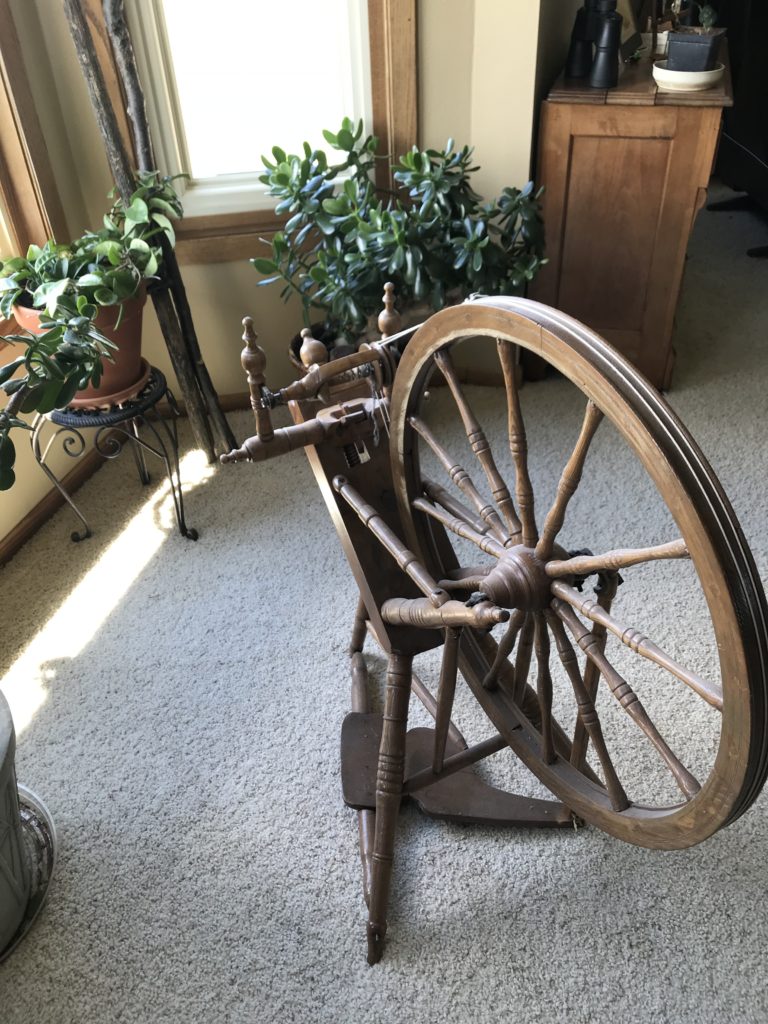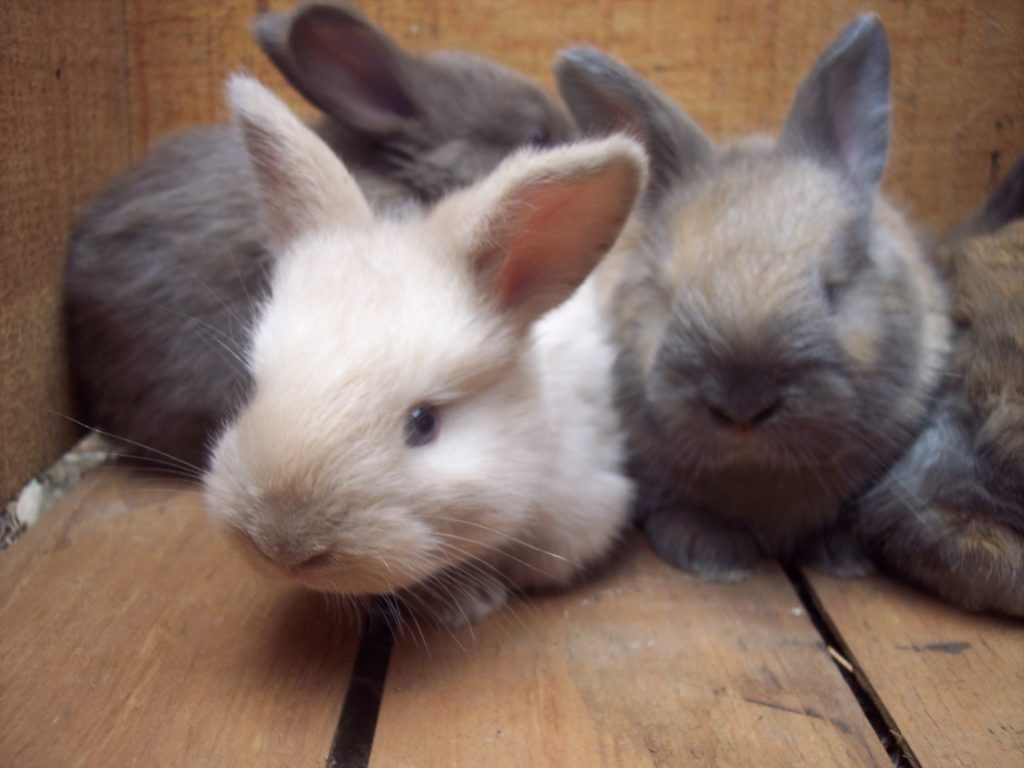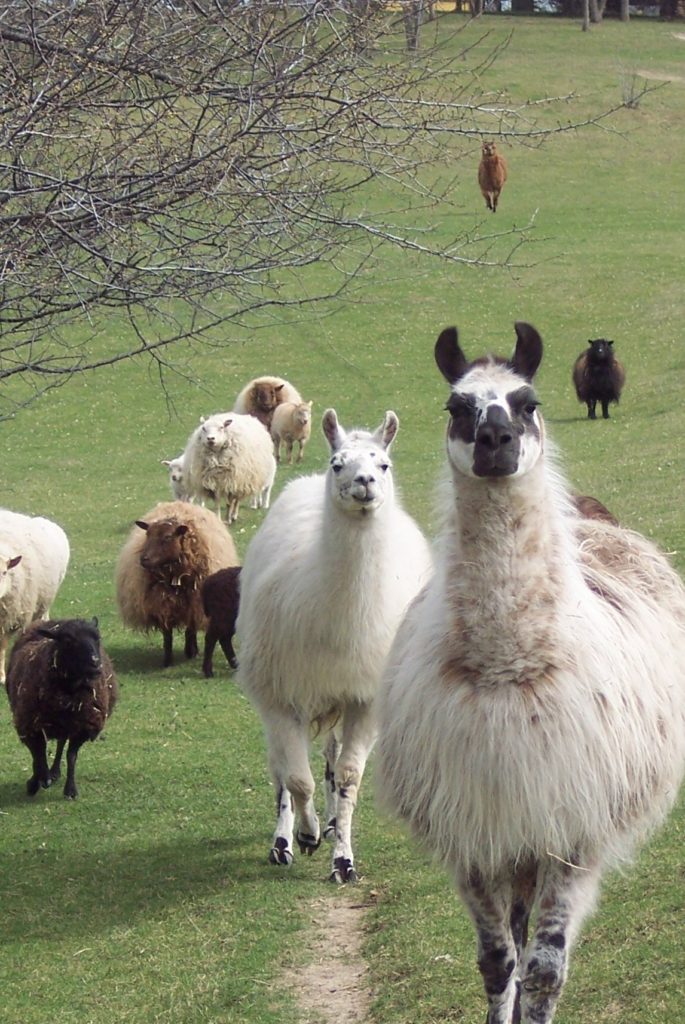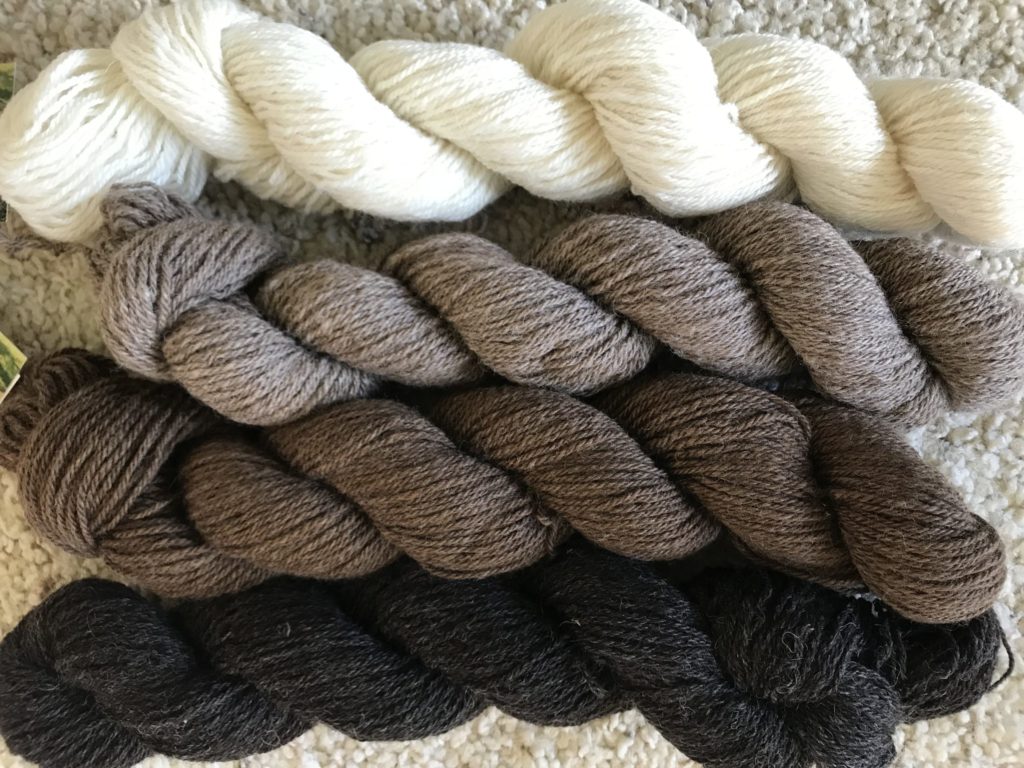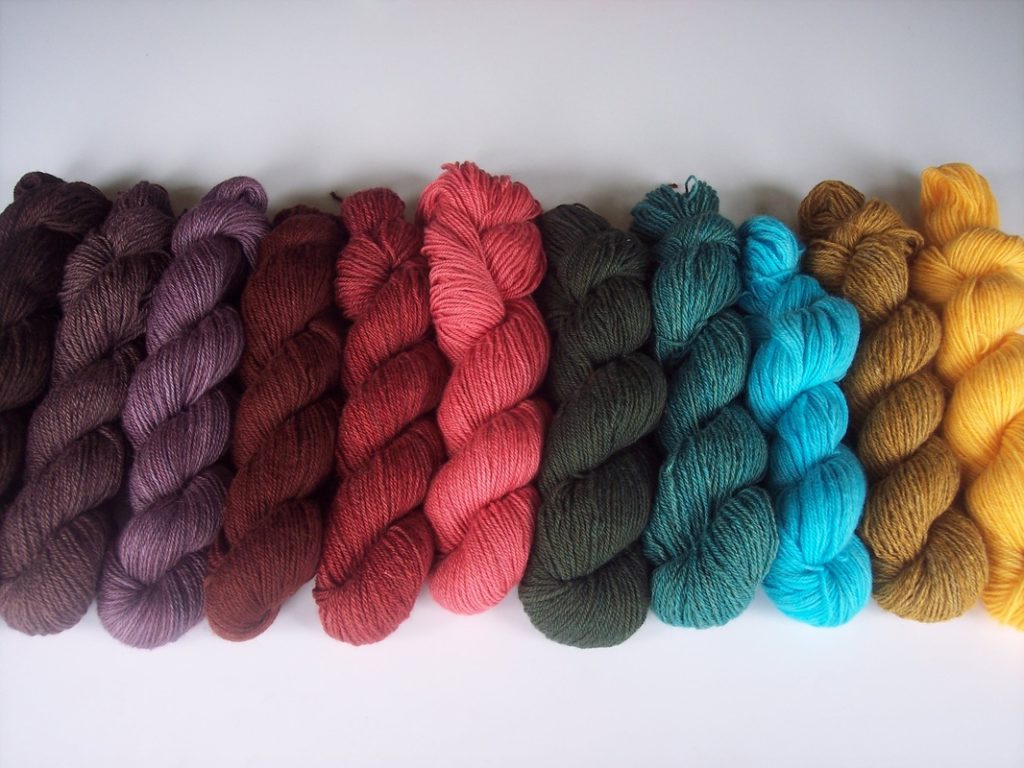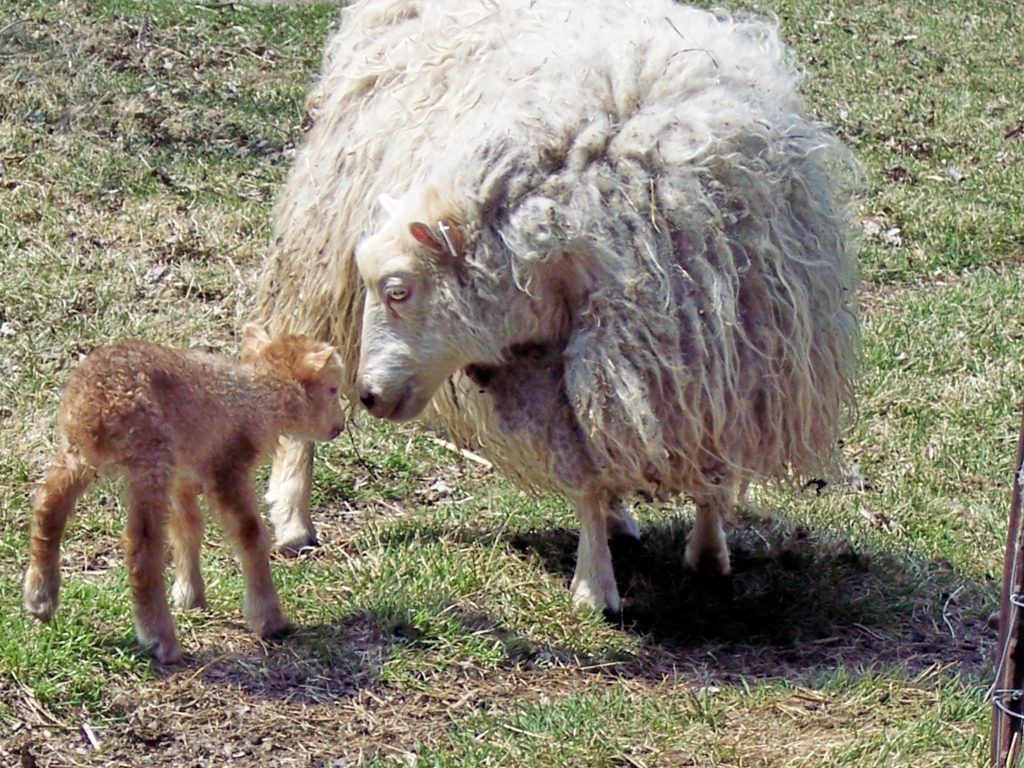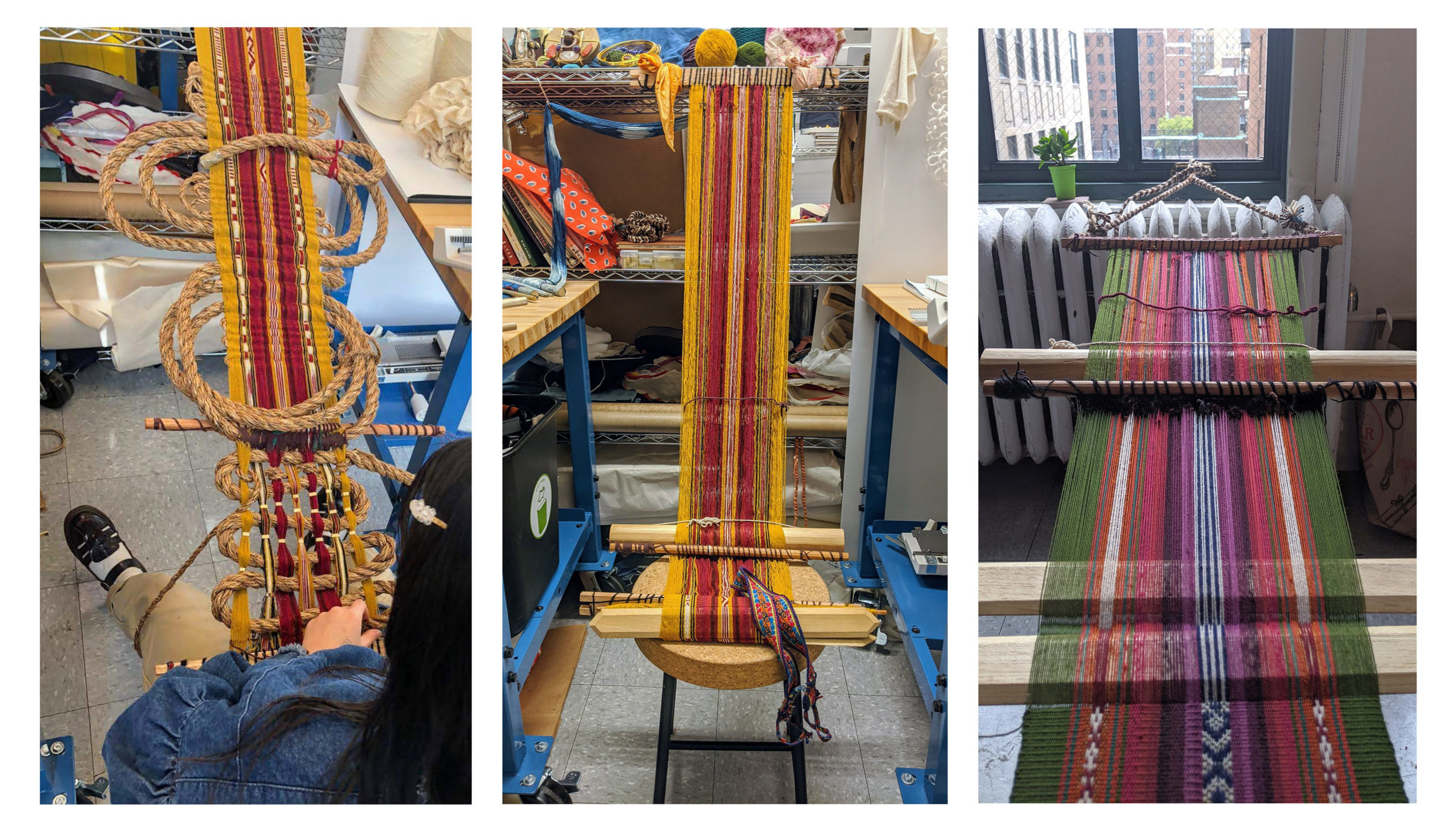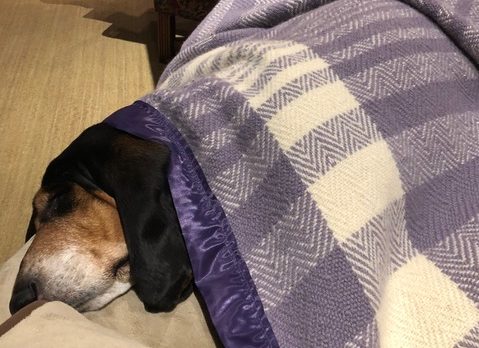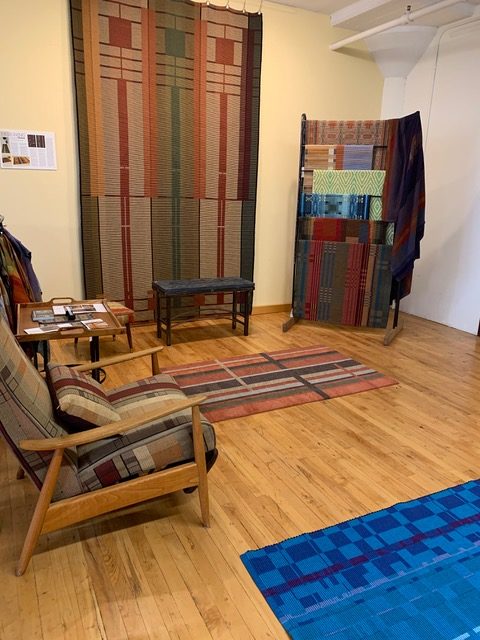This week we’re talking with WGM member Kathy Sletto who raises fiber producing animals in Minnesota. Kathy recently shared an essay she authored “The Wisdom of Sheep,” which you can read here.
WGM: Tell us about yourself.
KS: My name is Kathy Sletto. I am a shepherdess, a wool spinner and dyer. My husband and I live on a small farm near Alexandria, Minnesota.
WGM: How did you come to this creative practice?
KS: I inherited a spinning wheel about twenty-five years ago. It was made by my great-great-grandfather in 1870, shortly after he emigrated from Norway.
My aunt taught me to knit when I was very young. Once I had the spinning wheel, it just seemed natural to take up spinning as well. After learning to spin, I figured the next logical step would be to get some fiber animals. It began with a few angora rabbits, a couple of sheep, and an alpaca. Before long, we had dozens of sheep, several llamas and alpacas, forty angora rabbits, and one very naughty goat named Zane. I left my office job to stay home and manage the farm.
WGM: Tell us about your space
KS: I don’t have a formal studio. There is a sunny bay window area in our house, and that’s where I do all of my spinning. In the winter months this area literally becomes a yarn factory, with spinning, washing, dying, drying, knitting, and designing going on. But I guess the entire farm would qualify as studio space. Just as it’s impossible to pin down ‘studio space’ out here, it is also difficult to isolate and consider the individual components of creating yarn and designing knitwear without incorporating the land and animal husbandry aspects – breeding, birthing, tending fiber animals; harvesting and processing their wool; nurturing the soil that produces the plants that feed all of us. Everything blends together and all elements work together for the good of the whole.
WGM: What projects are you currently working on?
KS: Back in my early spinning days, I hand-spun all of the fleece from our two sheep on my 150+ year-old spinning wheel. Now – as our flock has expanded to more than forty sheep – we send all of our sheep and llama fleece to a small mill in Kindred, North Dakota, to be spun into yarn. We market some of that yarn in the natural colors of the flock, and I hand dye some of it.
I hand-spin all of the angora fiber produced by my forty French angora rabbits. I harvest the wool by hand from each rabbit about three times a year. After the angora fiber has been spun into single strands, I ply three strands together to make a nice round three-ply yarn. Like the sheep’s wool yarn, some of the angora is sold in its natural colors and some of it is hand dyed. When it’s sold, each angora skein includes a photo and name of the rabbit who provided the wool for the yarn. The animals certainly deserve some credit for their contribution.
WGM: How do the seasons affect your work?
KS: A shepherd’s work is dictated by the seasons. Spring is synonymous with lambing, which is a busy, intense time. Right now, things are more laid back. The sheep are out on pasture. We are cutting hay, completing the mid-summer harvest of angora rabbits’ wool, weeding the garden, making sure everyone has plenty of grass and water. No matter what season it is, shepherds spend a lot of their time watching sheep. Watching, mostly to see that none of the lambs have wandered away – or worse – been taken by coyotes. We watch to see that none of the old ones have fallen and can’t get up (this is not a phenomenon limited to humankind).
Connect:
On Facebook @keeping watch and @shepherds bay farm
The Minnesota Historical Society Press published my memoir, which details the first year of our shepherding experience. It’s titled Keeping Watch: 30 Sheep, 24 Rabbits, 2 Llamas, 1 Alpaca, and a Shepherdess with a Day Job and can be found on MHSP’s website and also on mine.
Thank you for the opportunity to share my craft with you!


